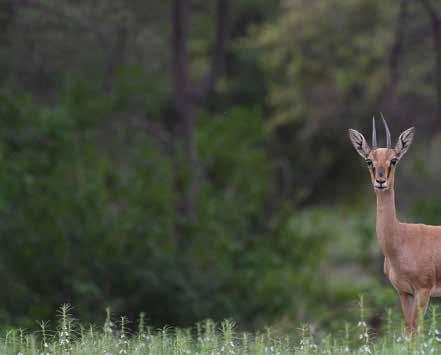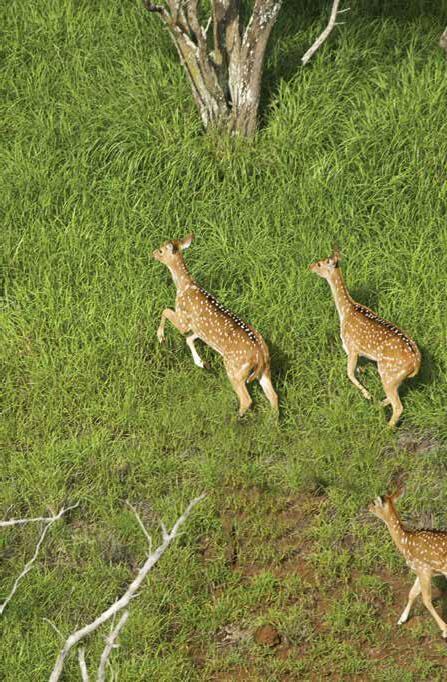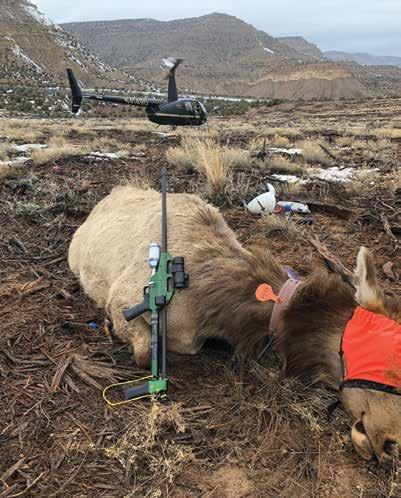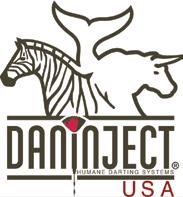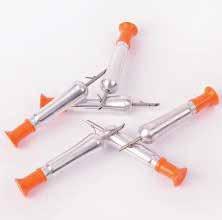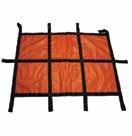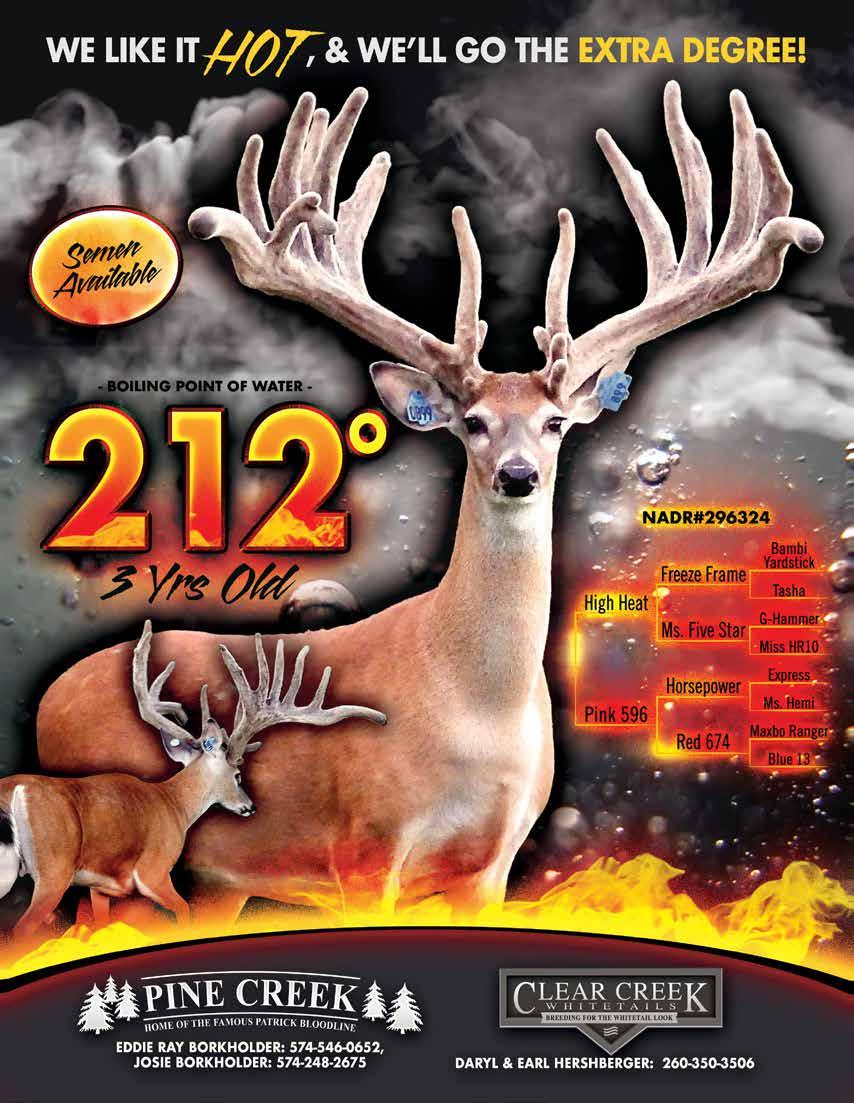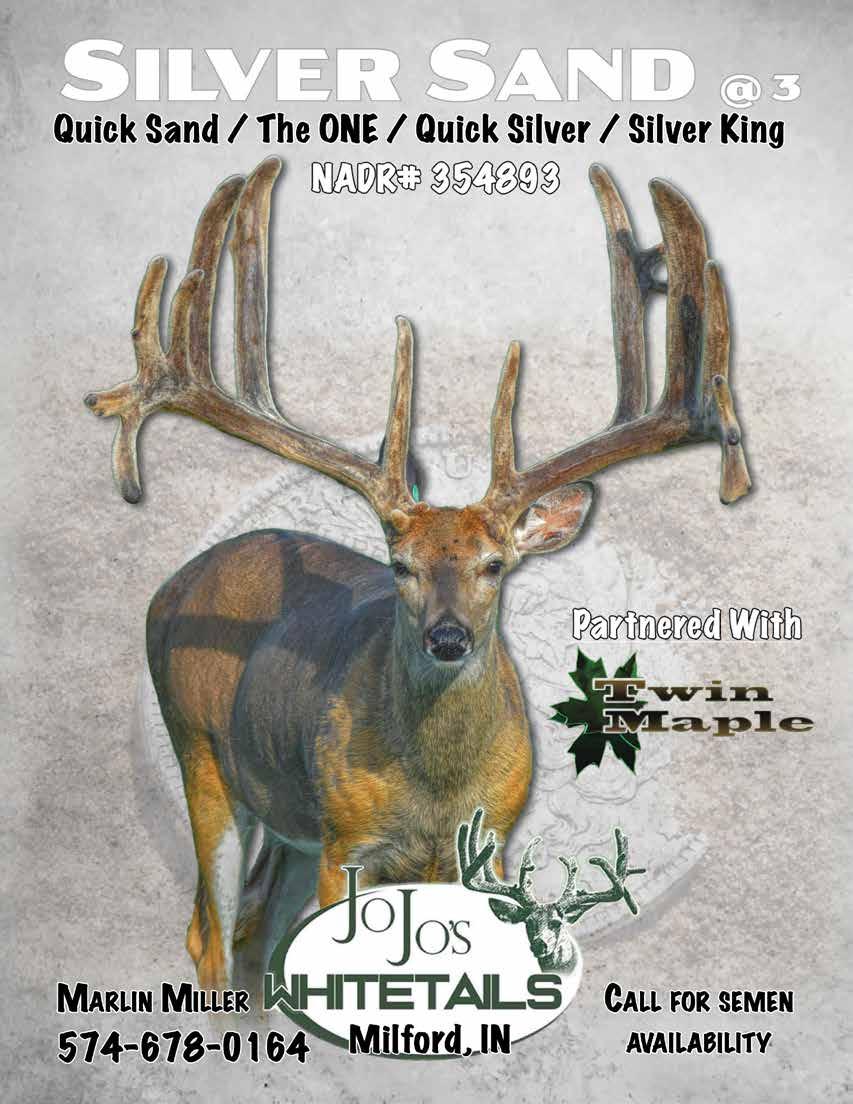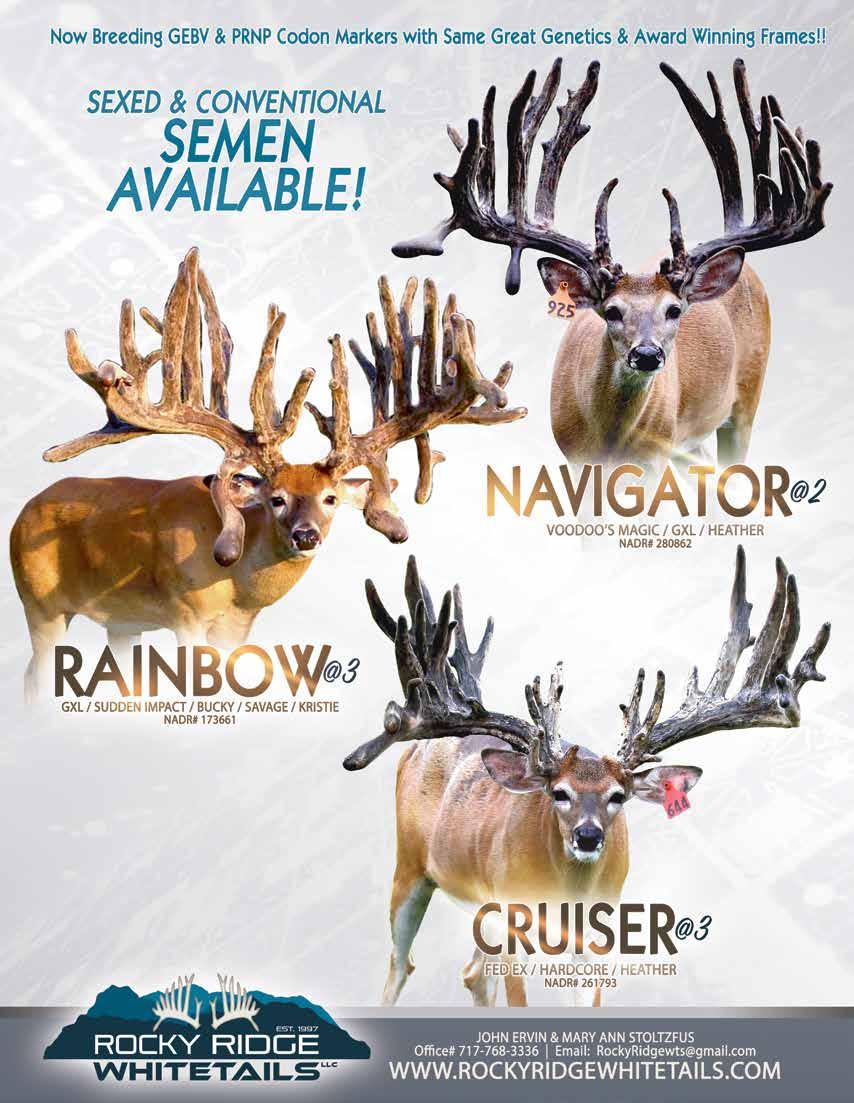

























President
Cervid Solutions, LLC / Red Ridge Whitetails 15223 Route 87 Hwy Williamsport, PA. 17701 Office: 844-478-2870 / Cell: 484-951-3229 Email: jnewton@redridgewhitetails.com

Lloyd Stoltzfus (2023)


Vice President
Walnut Ridge Whitetails 142 Churchtown Rd. Narvon, Pa. 17555 Office: 717-768-3471 Email: wrwhitetails@yahoo.com

Mark Gee (2024)
Tioga Ranch
P.O. Box 64 Tioga, Pa. 16946 Cell: 570-418-0840 Email: tiogaboarranch@gmail.com
John Fisher (2025)
World Class Genetics 152 Meadow Lane Loysville, Pa. 17047 Cell: 717-582-1896 Email: 5starjohndaniel@gmail.com
Elam Lapp Jr. (2023)
Nationwide Scents
183 Spain Road Herndon, Pa. 17830 Office: 570-425-2804

Email: nationwwidescents@gmail.com
John Manta (2024)

Julie Acres Deer Farm
255 Wolf Bridge Rd. Carlisle, PA 17013 Cell: 717-448-8764 Email: julieacres@aol.com

Pine Valley Whitetails

275 Pine Valley Road New Ringgold, Pa. 17960 Cell: 484-619-1690 Email: pinevalleywhitetails@gmail.com
Timothy Hill (2023)
Treasurer
Three Rivers Whitetails 20 Sutton Lane Washington, Pa. 15301 Cell: 724-705-3955 Email: timothyhill81@gmail.com
Bruce Snyder (2025)
Snyder’s Whitetails 2358 Produce Rd. Selinsgrove, Pa. 17870 Cell: 570-259-0051 Email: snyderswhitetails@yahoo.com
Isaac Martin (2024)
Bambi’s Paradise 230 Dusty Hollow Lane McClure, Pa. 17841 Cell: 570-412-0064 Email: ike@pikrite.com
Tess Stevenson
PDFA Administrator

PO Box 394 Harrisburg, PA 17108 Office: 717-232-5322 Email: tess@millirongoodman.com

Andy Goodman, Partner Legislative Counsel
Milliron & Goodman
Governmental Relations 200 N. Third St. Harrisburg, Pa. 17101 Office: 717-232-5322 Email: andy@millirongoodman.com
Since the last time we spoke things have kicked into high gear with many farms and ranches preparing for the breeding season. This includes weaning fawns, separating does, sorting and selling stockers and so on. The time and effort that goes into our operations is really never ending, is it?

The PDFA sponsored the “PA Eastern Fall Classic Stocker and Breeder Auction” and was well received showing one of the strongest stocker markets I have seen in the past two decades. I would like to highlight a few items; As the PDFA opted to operate and run our own auction this year stockers were in short supply. The bucks that did not have restrictions on movement that we were able to secure for the sale brought very solid income to the sellers. With 140-190 classic looking whitetails returning solid money to the consigner. An eye opener to many who relay on these sales for their operating budgets. One thing we ( PDFA BOD) have strived for and I believe we deliver on better than any deer auction in the country is consigners receive payment for their lots in 7-10 days post auction. The days of waiting weeks or months has been eliminated! We also have a competitive commission structure of 10 percent up $350 max. So if you are selling high end stock ( anything over $3500 in value) PDFA’s sale is the place to do it!
In other news we have a “retirement” from our office administrator Shelly Gerhinger. We greatly appreciate her work over the years and service to not only the PDFA Board of Directors but the membership in our state. A BIG “Thank You” from all of us goes out to her. Knowing this position was opening up we worked with long time government relations firm Milliron Goodman, and have contracted a newly formed division of their office “Profession Association Management” to oversee the PDFA Office responsibilities as well and a dedicated membership review and promotion. The Board welcomes Tess Stevenson to the PDFA office admin! With more than 16 years experience in management we welcome a new path forward!
As we make this transition in our office we appreciate the patience from membership. We are pretty well settled from a data/records and operations standpoint however from now till the first of the new year we are doing a top to bottom review of all our procedures, data flow, storage, security, membership management and more, while continuing to maintain our normal operating status. I hope everyone has a great fall and winter and hope to see and hear from you all soon!
Josh Newton- PDFA President
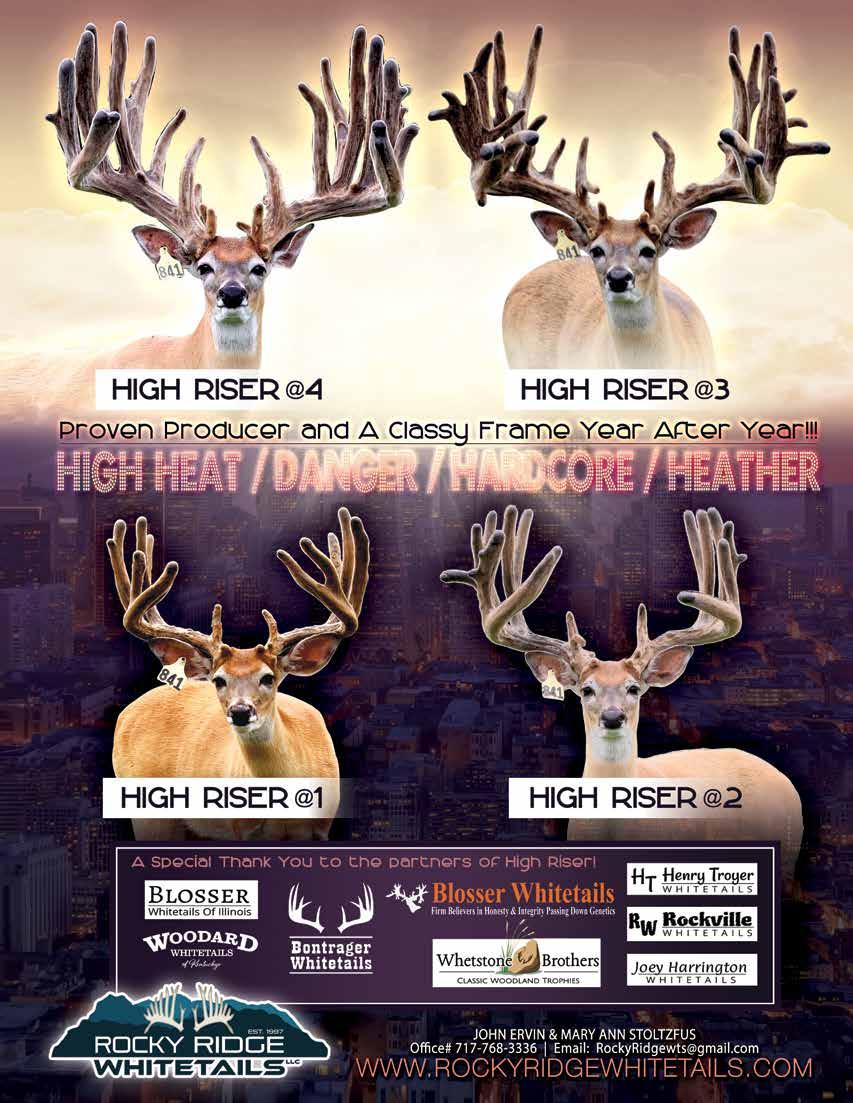
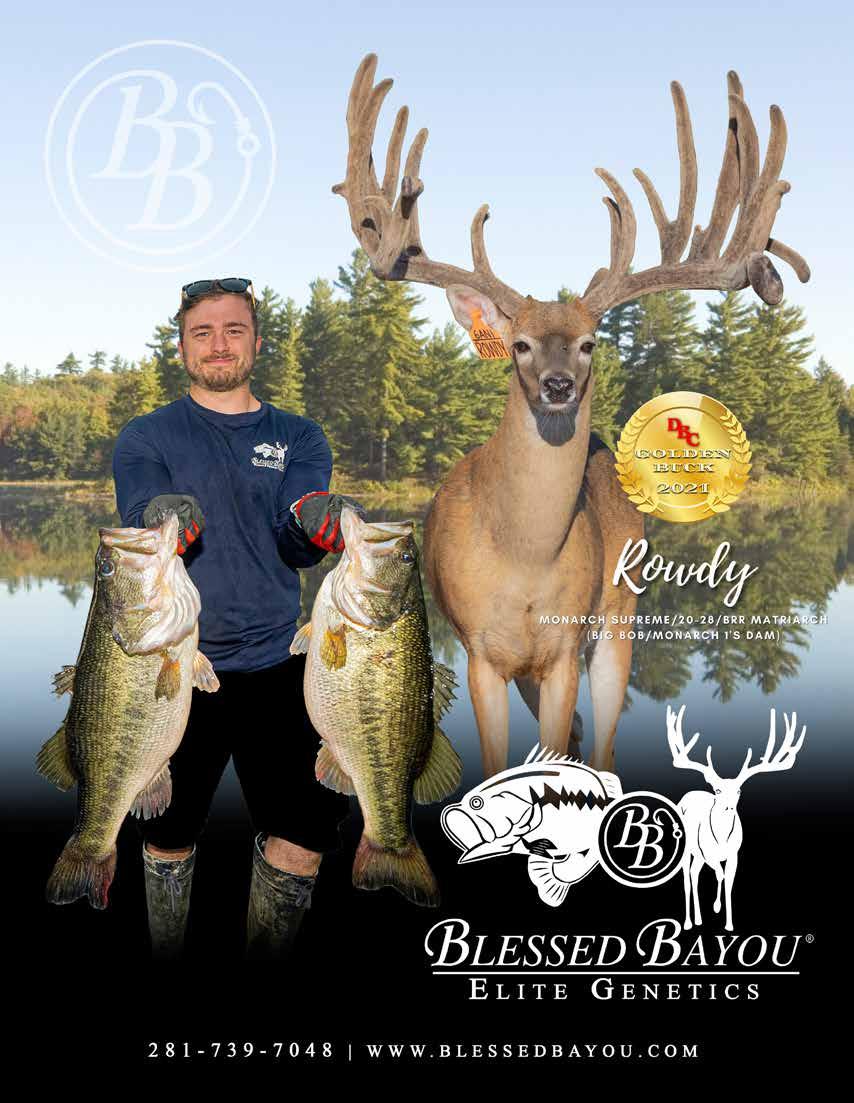
As the deer industry evolves, the North American Deer Registry (NADR) is evolving right along with it. Begun in 2007 to validate the industry by providing information on DNA and pedigrees, NADR, located in Edmond, Oklahoma, is now incredibly specific with the information it provides. In the summer of 2021, new CWD Genetic Assay Technology (investigative procedures that measure the presence of a targeted entity) was introduced and is currently utilized using approximately 50,000 genetic markers. This new assay provides Genetic Estimated Breeding Values (GEBV’s) to allow breeders to determine each animal’s susceptibility to CWD and make future breeding decisions in order to “move away” from this disease.
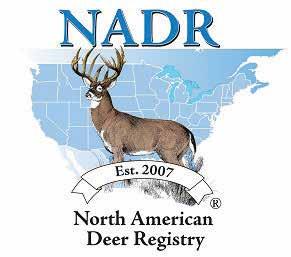
This CWD technology was only a dream when NADR, in its infancy, studied 18 markers merely for the construction of simple, non-disease related genetic maps for parentage. “The technologies then were very rudimentary and had been around for years in the cattle and sheep industry,” said NADR Executive Director Gary Cook. “They focused primarily on pinpointing the most accurate DNA analysis possible at the time.” As DNA technology advanced and NADR partnered with Dr. Chris Seabury and Texas A & M to license technology that shifted the focus to genotyping and identifying SNP molecular markers found in DNA, it resulted in 400 identifying markers utilized for parentage in whitetail
and mule deer. In addition, in 2016, NADR selected a new organization, Neogen (Geneseek), with state-ofthe-art laboratories all over the globe including Lincoln, Nebraska, to facilitate the transition to this new technology. To date, NADR has tested 350,000 fallow, mule and whitetail tissue samples combined, with a goal of providing official pedigree services for fallow deer later this year. Having a NADR registered deer doesn’t merely provide a handy reference for pedigrees, breeding values or breeding decisions. It’s a necessity should one wish to qualify for a consignment auction or prove their deer’s value to a potential buyer.
The efforts of two valued organizations, NADeFA and the Texas Deer Association (TDA), allowed NADR, a 501c4 organization, to become a reality. Several years later, Venados De Mexico (VDM) joined as an organization. NADR is comprised of a team of dedicated scientists and office administrators as well as a 14-member volunteer board, five from NADeFA, two from VDM, five from TDA as well as NADeFA Executive Director Shawn Schafer and TDA Executive Director Kevin Davis. To become a NADR customer, one must first be an active voting member of the TDA, NADeFA or VDM and submit DNA samples to NADR in tissue tubes. Samples could include pulled (not shaved) hair between 30-50 millimeters long from the underside of the tail, an antler core from the base of a shed antler, semen straws or used semen straws with the cotton plug still intact. Sample
submission options include an excel spreadsheet, GMS software or manually. Cook emphasizes shipping samples that will arrive on a weekday, and to include with your sample all possible sire and dam NADR numbers including A.I. and backup bucks.
NADR, who tests on average 25,000 deer per year, sends certificates to owners once results are completed. All results are confidential and available online. However, no one but NADR and its members have access to the results.

“We work very hard to offer the best in a genetic registry,” Cook said. “We continuously seek ways to provide knowledge and state of the art services to our customers.”
Reach NADR staff by calling 405-5137228, faxing 405-513-7238, sending an email to nadr@deerregistry.com or visiting their website at www. deerregistry.com.
NADR is located at 1601 Medical Center Drive, Suite 1 Edmond, OK, 73034
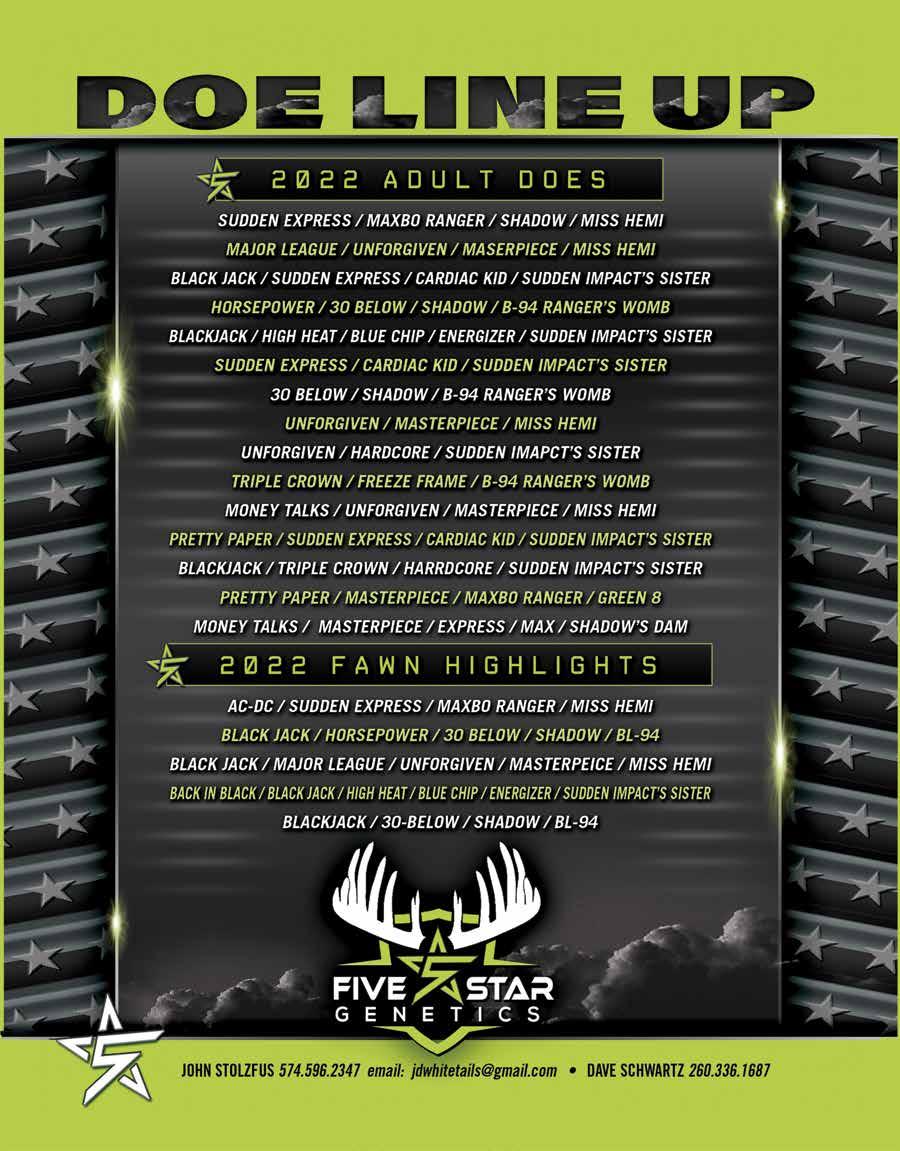

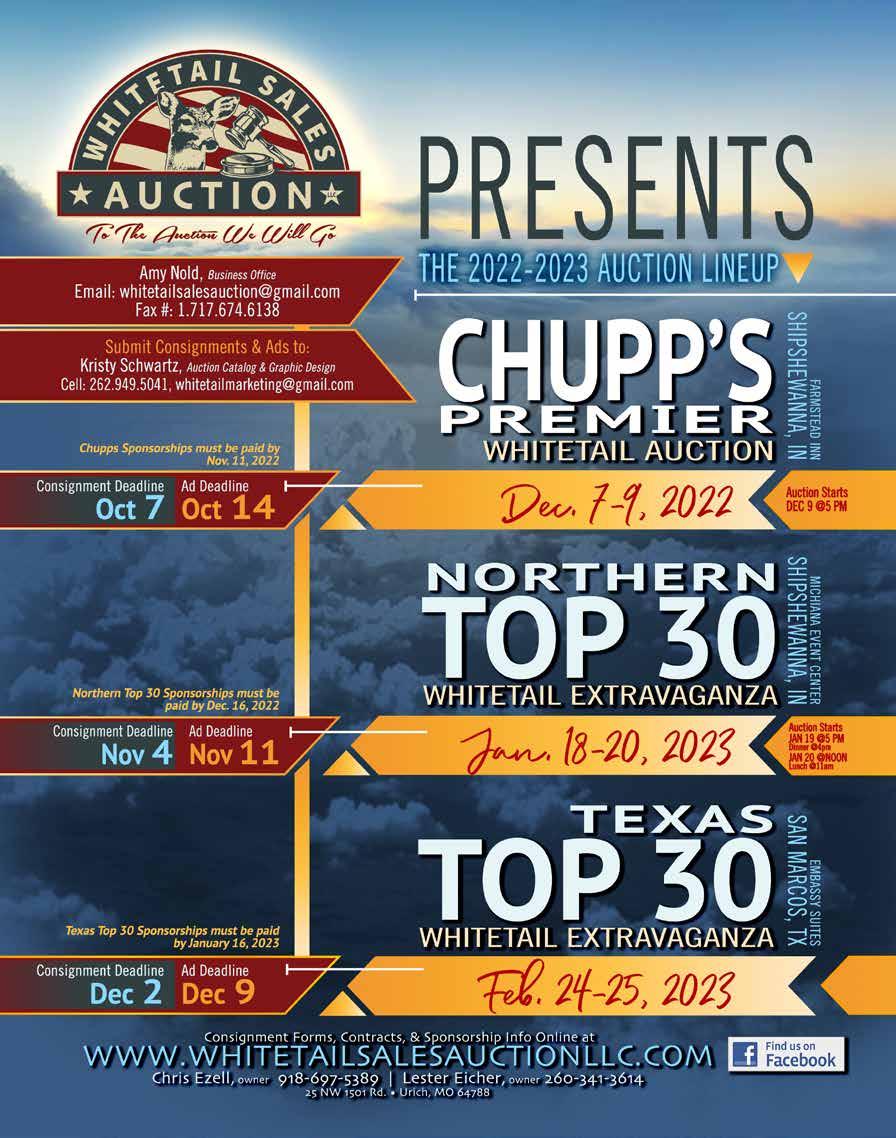
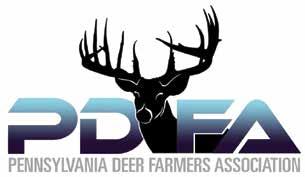
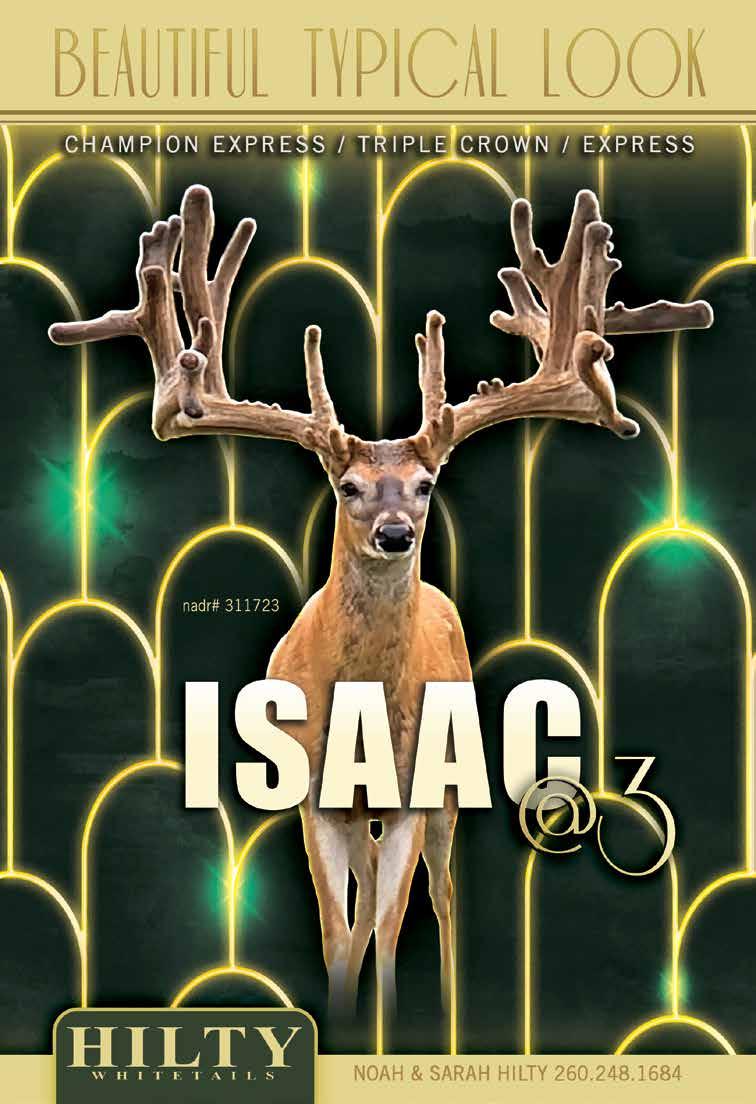

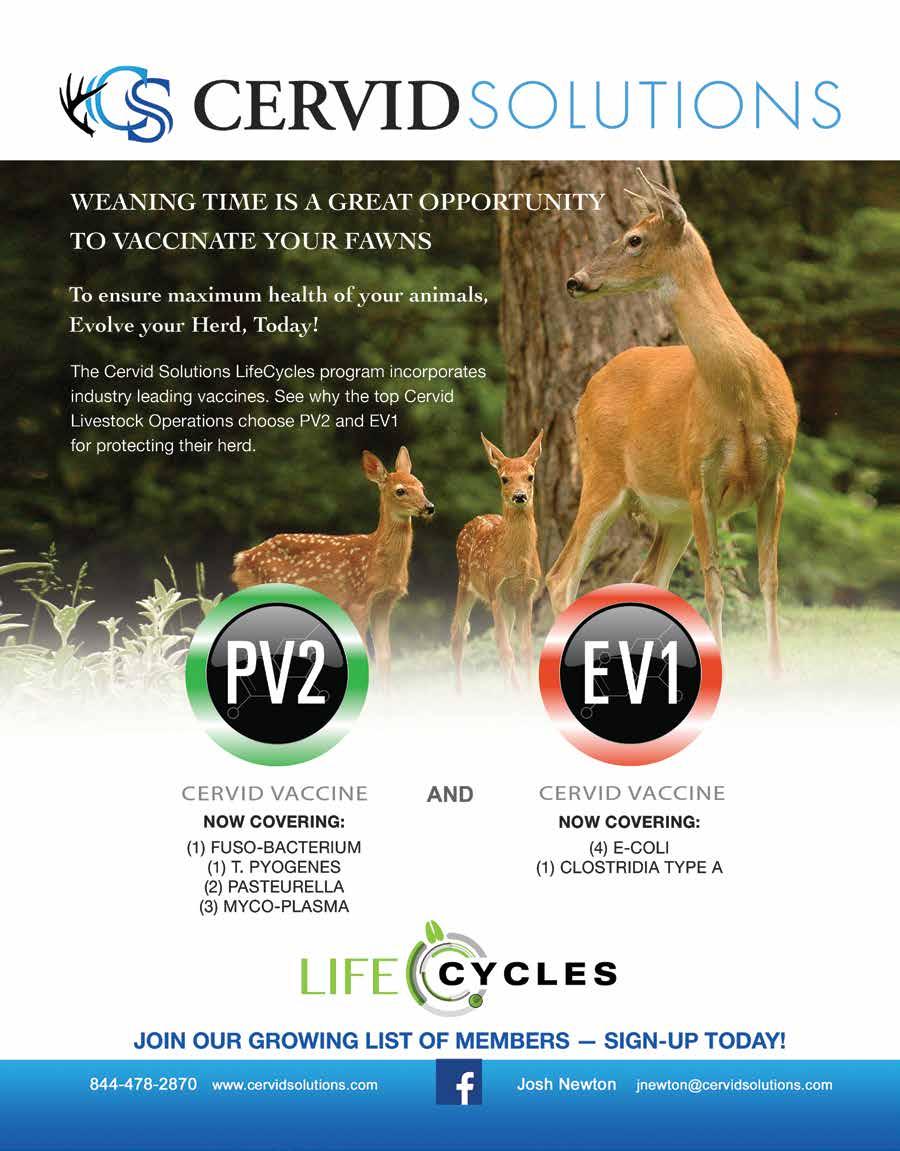
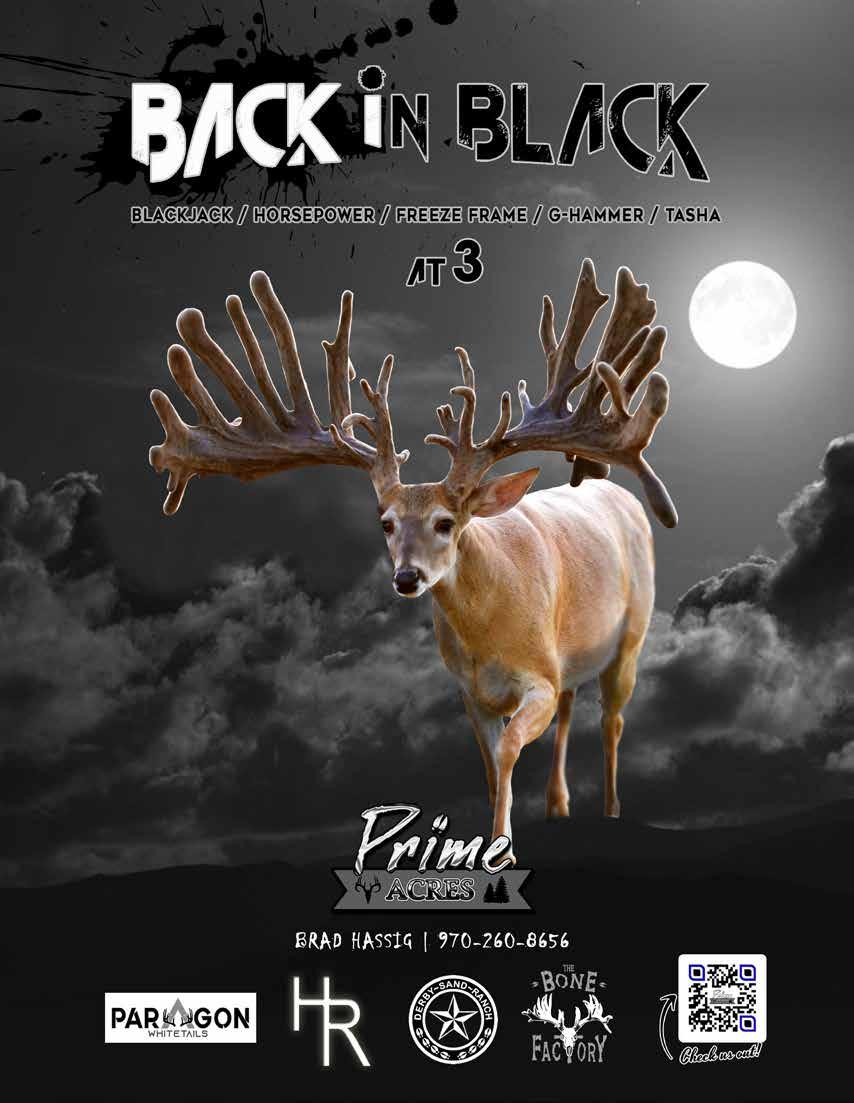
Line breeding can present opportunities to produce desired, marketable and consistent traits within your whitetail herd, if you breed carefully and patiently. The bottom leg of a doe’s pedigree is the foundation for line breeding, explains Cletus Bontrager of Twin Maple Deer Farm, a 12-acre breeding farm in Shipshewana, Indiana which focuses on producing typical bucks. A doe with a strong bottom pedigree could ultimately produce a “supercharged” doe by following these most recommended steps. First, breed her to a desirable outcrossed sire. Next, select her most desirable 1st generation daughter and breed her to an outcrossed sire. Next, take this daughter’s most desirable 1st generation buck fawn and when he has matured, breed him back to his grandmother. Should this match create a doe, that doe will more than likely be the supercharged doe more “powerful” than her mother that you will use steadfast for breeding, in an effort pass on strong genetics and favorable, marketable traits.
Then, your thoughtfully bred supercharged doe can be outcrossed to a buck with your preferred traits, to perpetuate the type of whitetail herd you are desiring to raise, said Bontrager, 37, who’s been producing deer with his father Ezra since 2000.

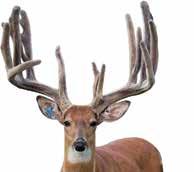
When your supercharged doe has her own doe offspring, you would then breed those does back to your established select in-herd sires, rather than outcrossing, as this would take you farther away from the genetics and look you are after. Although this takes time and several breeding cycles, this process creates your line bred foundation stock. In most cases, only 10 to 15 percent of bucks produced from your supercharged doe will become breeder bucks and the rest, stocker bucks, said O’Lamar Borkholder of O’La Jo’s Whitetails, a seven-acre breeding farm in Bremen, Indiana. While the intent behind line breeding is to perpetuate desirable traits, inside every well-bred doe are hidden undesirable traits that only show up in her offspring, said Borkholder, who raises mainly typical deer. “The hardest thing is to keep that typical look – long, nice round beams,” he said. Therefore, if not done carefully, line breeding can expose undesirable traits and be a bigger downfall than an advantage.
Success with your line breeding efforts is realized when, after a few years, your herd begins to display and sustains a consistent look and striking resemblance, Bontrager explained. Twin Maple has heavily line bred the Patrick line into their herd, as a result of Ezra visiting Pine Creek Deer Farm and being impressed by long-tined typicals.
Today, 100% of Twin Maple’s 180 deer all anchor down to one doe. However, Borkholder, whose cousin Eddie Ray produced the famous line-bred Patrick deer, finds very few deer farmers today have the patience to wait and develop a herd of line bred foundation stock. Of the four types of breeding choices one can practice (inbreeding, line breeding, match breeding and random breeding) he finds most deer farmers choose random breeding whereby a farmer breeds a quality doe to the biggest or most popular buck on the scene at the moment. Many deer farmers also practice match breeding, a close cousin to line breeding, which involves perpetually choosing genetic lines that “click” or are known to produce well.
And while history may point to successful cases of inbreeding (breeding father to daughter or son to mom or full brother and sisters) chances of this can be slim. Fifteen years ago, a buck fawn bred his womb sister. A doe from that breeding was then outcrossed and subsequently produced one of the biggest 10-point mainframe breeding bucks of all time, Maxbo Arty.
However, in some cases, inbred deer are born blind, weak, get ugly racks or too runt-like to be worth feeding, Bontrager said. Line breeding (breeding uncles to nieces or nephews to aunts) absolutely requires having the right doe from the very bottom leg of her pedigree, Borkholder emphasized.
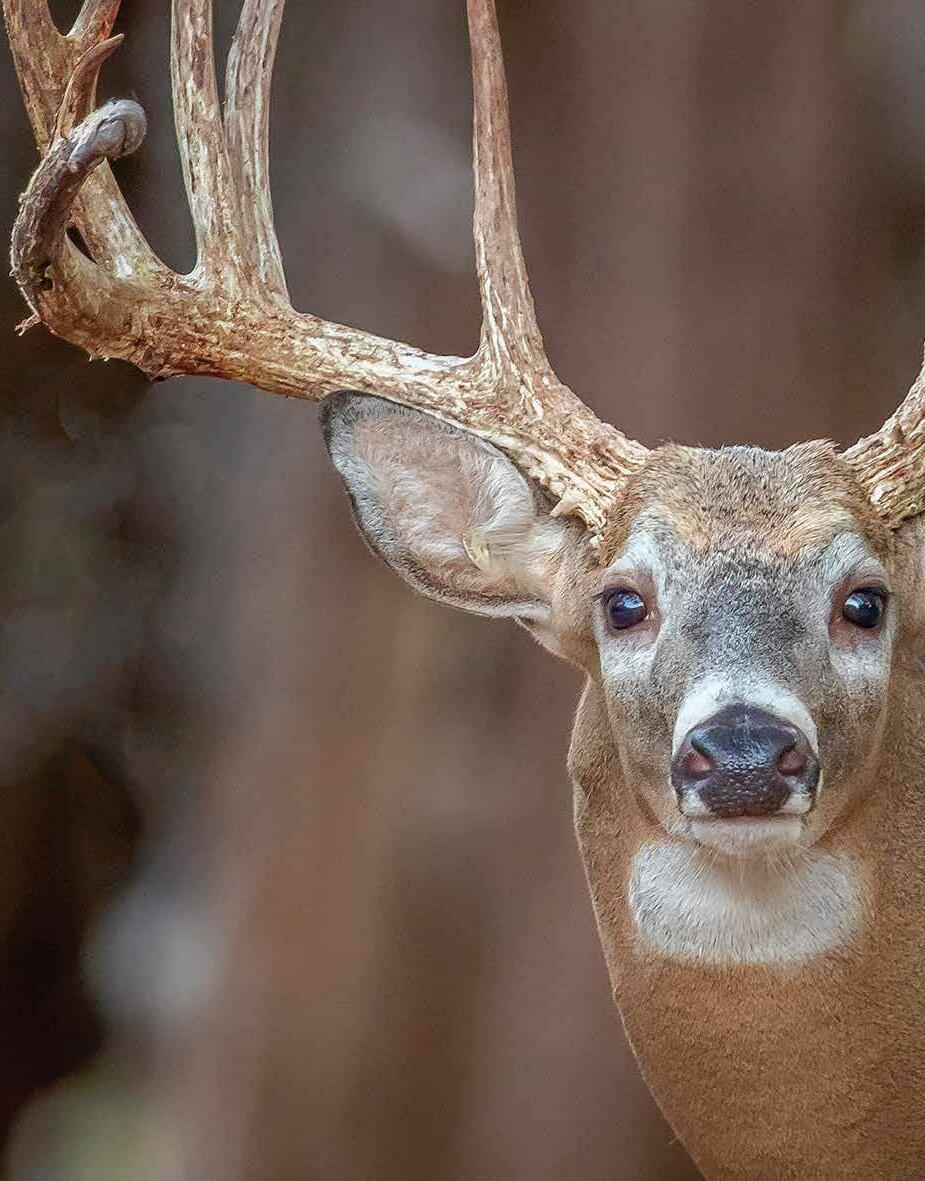

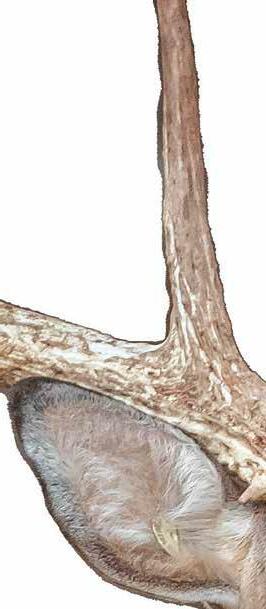
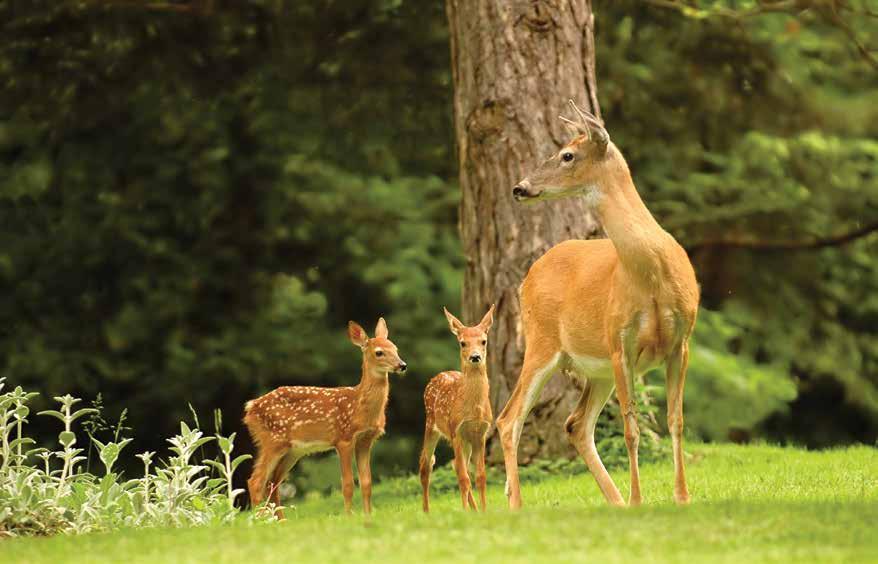


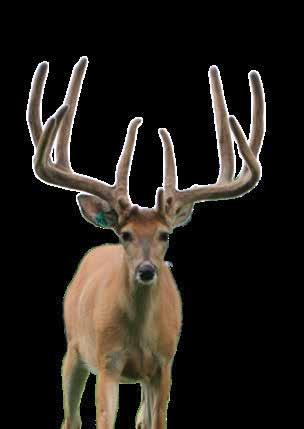
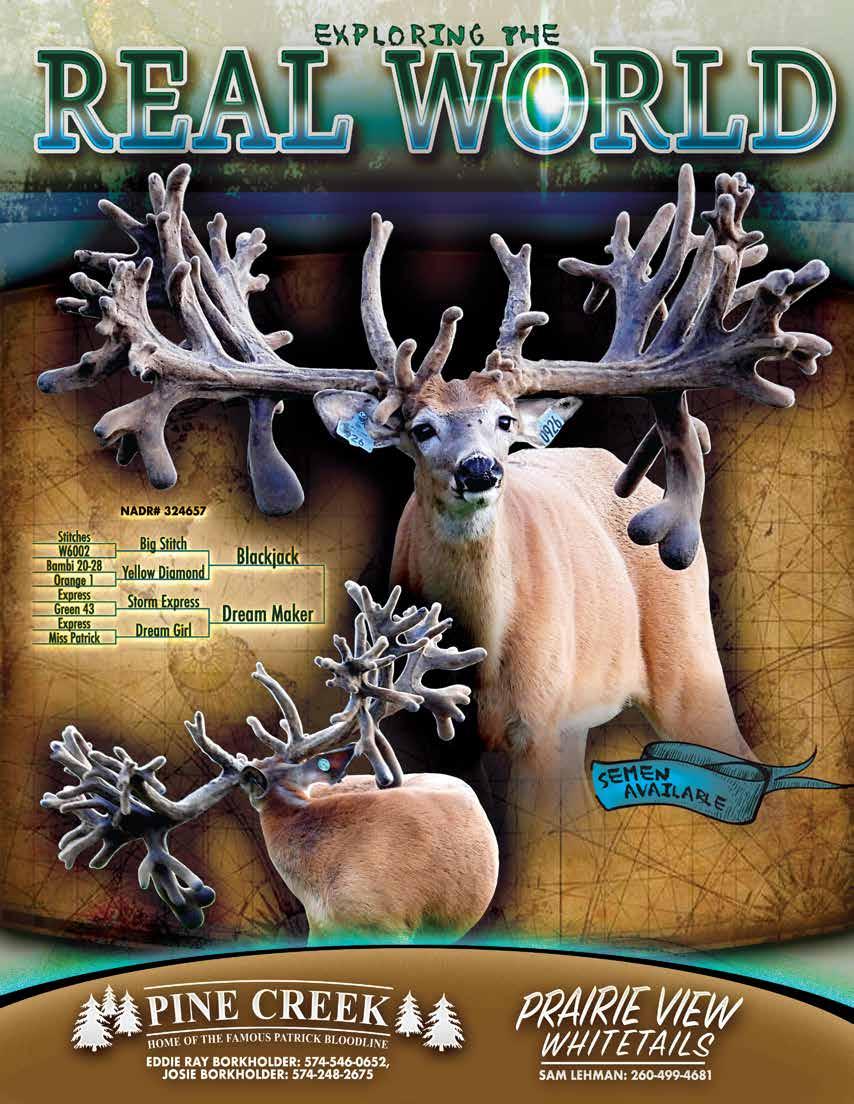
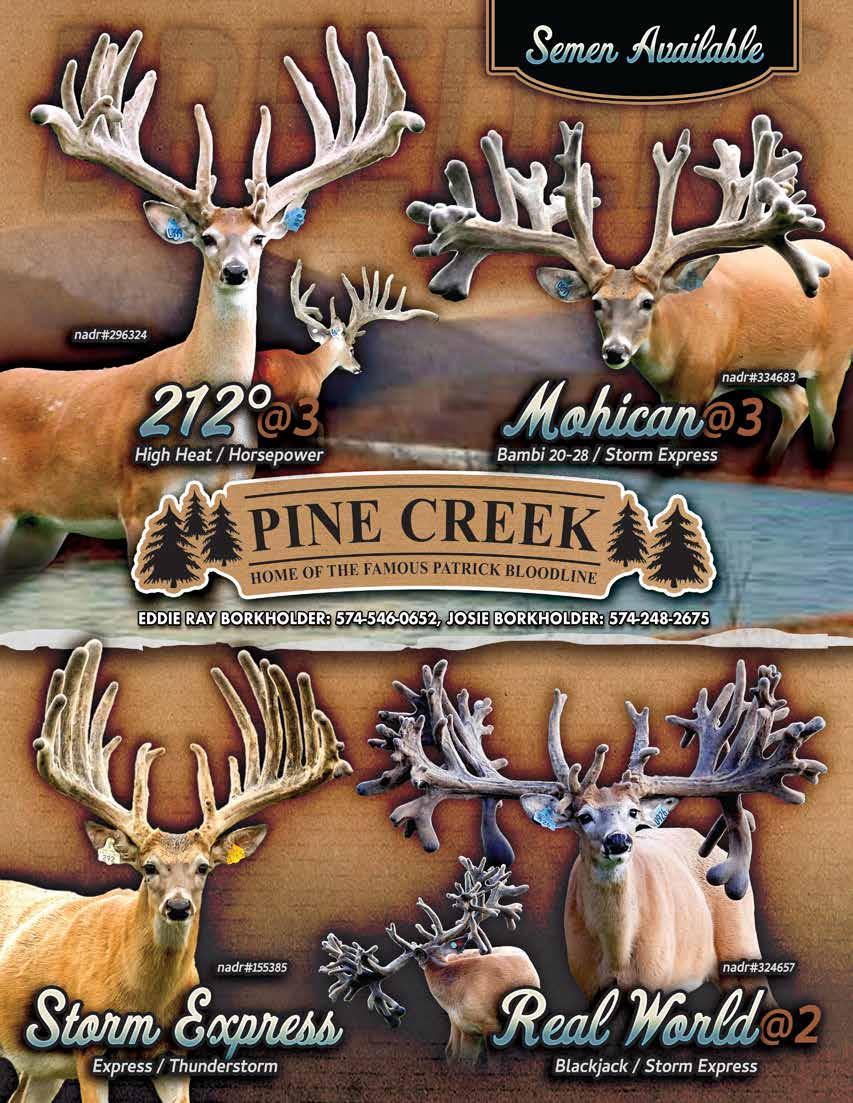
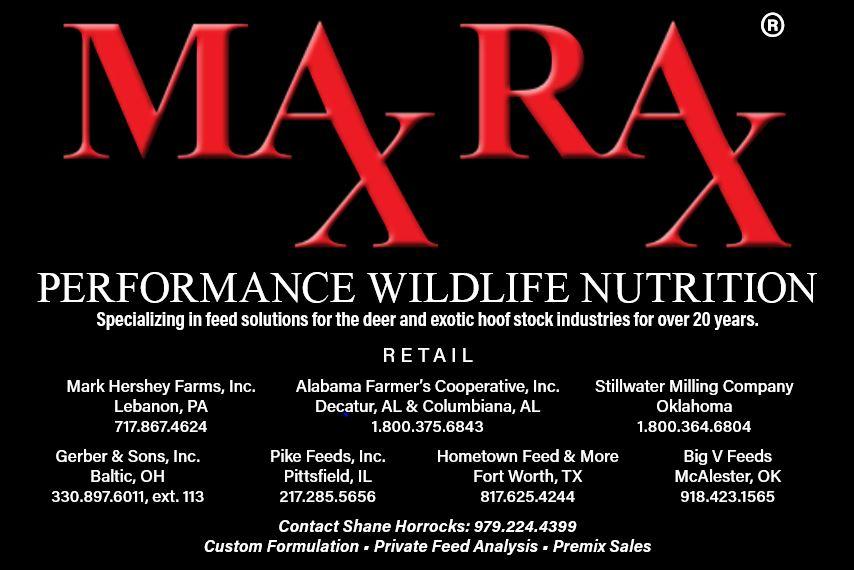
Dr. Kurt Vandegrift from the Department of Biology at Penn State is a long-term deer and wildlife enthusiast as well as an avid hunter and fisherman. He worked at the PSU deer pens as an undergraduate and currently has a project that is investigating the dynamics of SARS-CoV-2 in white-tailed deer. He is interested to determine if this virus is going to persist in wild and farmed deer or if their infections are simply a result of repeated spillovers from humans.
This work is ongoing at the Penn State deer pens and he is hoping to involve other deer
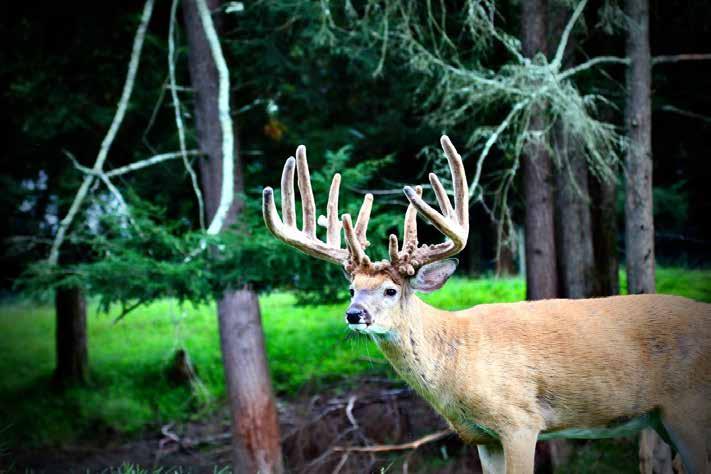
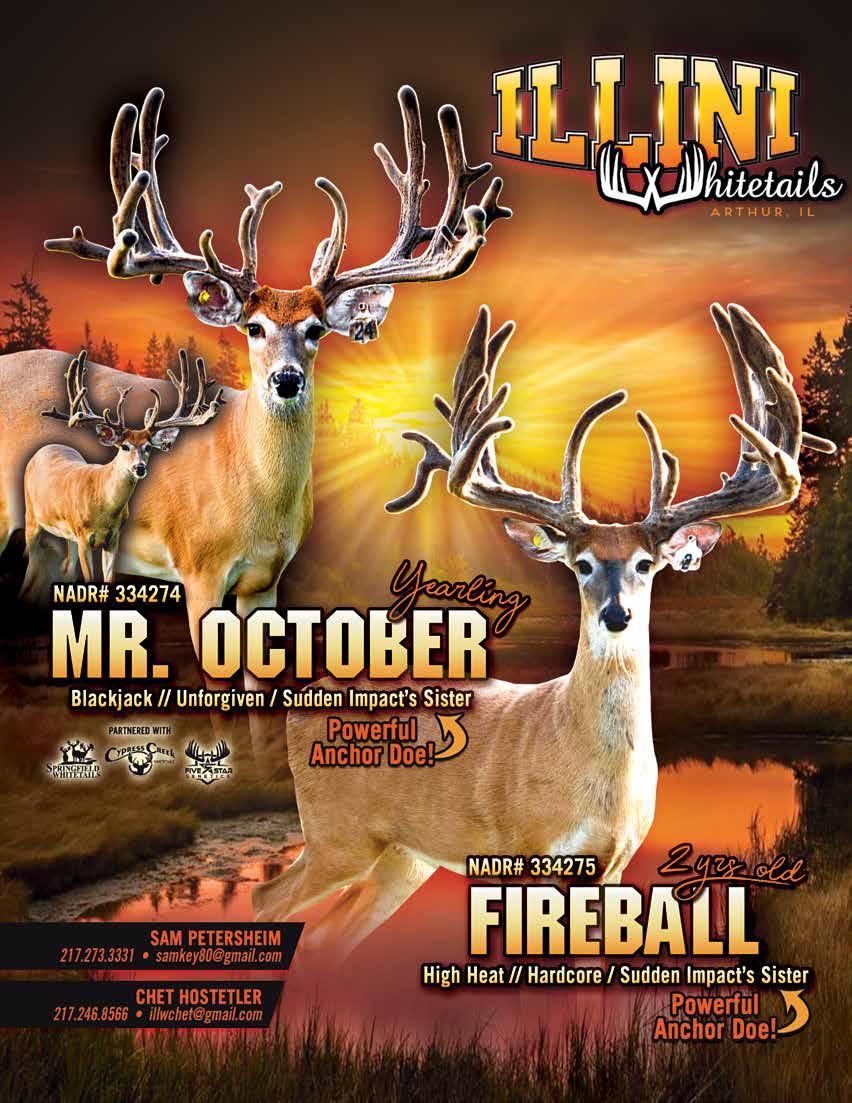




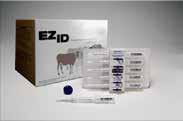
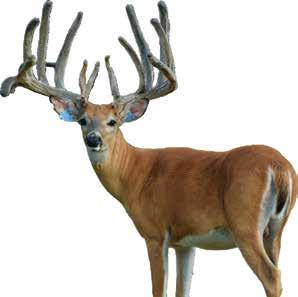
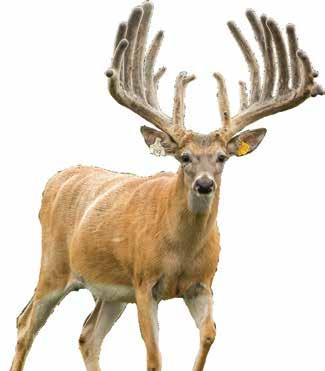 By: Gail Veley • Sponsored by IDEFA
By: Gail Veley • Sponsored by IDEFA
There’s something to be said for the look of a classic typical frame, according to Josie Borkholder of Lone Pine Whitetails in Nappanee, Indiana. Through his years of deer farming, he’s seen the efforts to produce typicals pay off with the likes of Storm Express and Thermal Image, both of whom sport clean, sizable and typical frames. Perhaps he caught “typical” fever from his father Eddie Ray Borkholder. Nonetheless, while raising “inches” became a trend in the deer industry in the early 2000’s, raising typicals is receiving renewed attention today.
However, it takes more than an impressive typical buck in order to produce other impressive typical bucks. “The secret is to find those dams that have clean sides who throw typical deer and breed to them,” said Nelson Miller of Antler Ridge Whitetails in New Paris, Indiana. “I’d say good mothers are 65 to 70% of the secret to being successful.” While Miller realizes raising non-typicals
may produce a faster end-goal, he, like Borkholder, is aiming to be among those farmers known for raising clean, typical lines. And, he’s willing to be patient.
“You’ve got to stay consistent with your breeding program,” Miller, 45, emphasized. “Some guys want the next greatest thing. But you need to stay patient and don’t sell out. You can’t always switch it up. If you can grow typical deer people will start paying attention. A while back you couldn’t find a nice typical. They were getting phased out.” While non-typical frames may grow more quickly, they can become too heavy, run a greater risk of infection and at times, cause the inability of the deer to carry the larger mass leading to the need to constantly trim antlers, Miller explained.
Yet, a little non-typical blood introduced into a typical line is very useful and can help perpetuate a typical frame that grows in a more-timely manner, Borkholder, 29, added. “You can’t just breed typical on top of typical on top of typical,” he said. “They won’t mature
fast enough or be large enough to sell at two.” Instead, aim to make your breeding consist of approximately 25% non-typical genetics and 75% typical genetics and thoughtfully infuse them into your breeding program through appropriate proven dams. Keep in mind though “if they have a 15-20% nontypical frame then they won’t make the typical look,” he explained. Helping Borkholder to make his breeding decisions is the G.M.S. (Game Management Solutions) software program available through NADeFA. Using the G.M.S. software, breeders such as Borkholder can study the pedigrees of any deer and plan out their strategies. And while “line-breeding” can have it’s advantages “you need to be really careful,” Borkholder said. “You could end up with something like a blind deer.”
Miller agrees that fresh bloodlines offer another key ingredient to successful breeding, as well as believing in yourself, and your ability to eventually own a typical buck that everyone talks about. “I’ve got one now I’m really happy with,” he said. “Knock on wood, so far he’s produced really nice sons and daughters.”
Lastly, keep your eye focused on the end result, Borkholder advises. “Remember you want that ‘certain cross.’ It’s so easy to get off track year after year and then get persuaded to go another direction. But in raising typicals, you are striving to create something everyone else doesn’t already have,” he said. “Be true to the desire of your

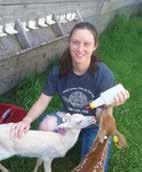

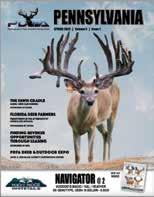
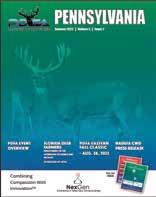
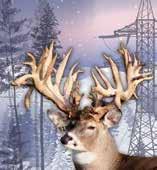

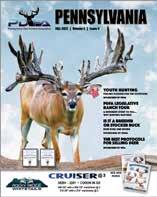


Helps maintain digestive health and productivity Contains micro-encapsulated probiotics, targeted enzymes and a novel fiber complex Use in does before fawning, during lactation and all cervids during times of environmental stress
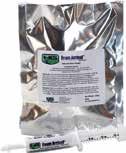
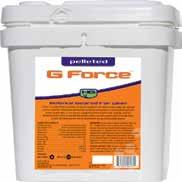
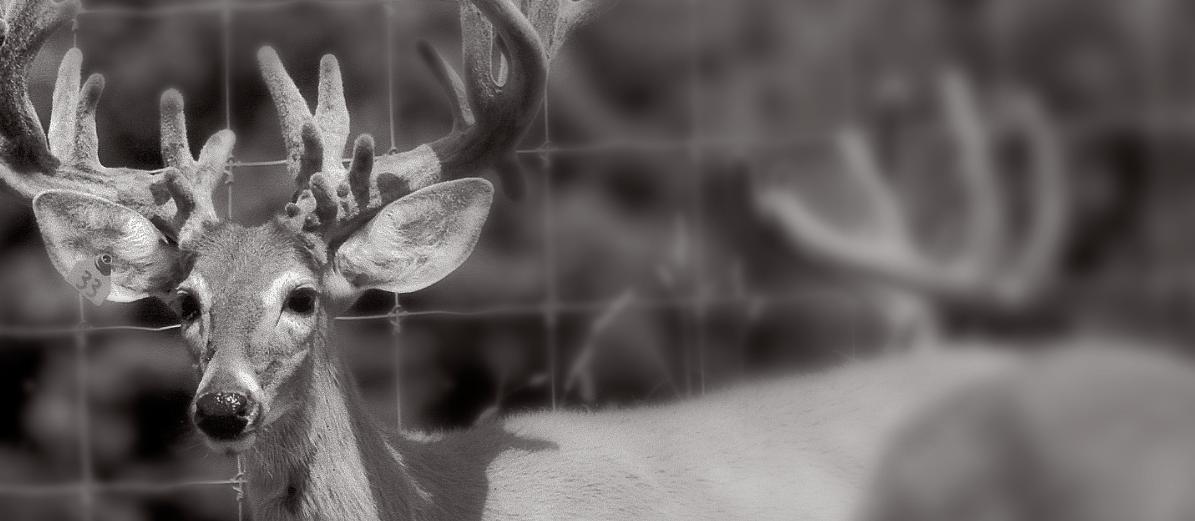
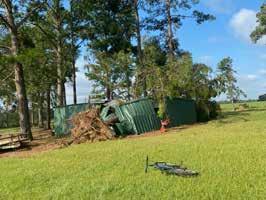 By: Gail Veley - Sponsored by Whitetails of Louisiana
By: Gail Veley - Sponsored by Whitetails of Louisiana
With incorrigible weather patterns becoming increasingly stronger and more frequent in recent years, for both hurricanes and tornados, deer farmers should plan adequately this spring to protect their animals and property. “The biggest thing you need to be mindful of with wind, are the trees around your fences and buildings,” explains Bray Bollinger of 2 Brothers Whitetail in Loranger, Louisiana. “Make sure when you are building a fence to avoid the possibility of trees that could fall on it, or trees that could compromise your house or outbuildings.”
Many deer farmers in southern states suffered losses and damages as a result of strong weather systems such as Hurricane Ida, a Category Four hurricane that formed on August 26th, 2021. According to internet research, the storm was responsible for 115 fatalities as well as destruction in Louisiana, Georgia, Alabama, Mississippi, Virginia and New Jersey. The year 2021 was the sixth consecutive year of above average tropical cyclone activity and the third most active on record. In addition, it was the fourth most-costly year for those effected, following behind hurricane damage caused in 2017, 2012 and 2005.
Hurricanes, whose season is typically between June 1st and November 1st on any given year, have also begun forming earlier. Tropical storm Ana formed on May 22nd, 2021, the seventh year in a row this phenomenon has occurred. However, hurricanes are not the only destructive forces a deer farmer may deal with. Deer farmers in Oklahoma as well as in states such as Kansas, Indiana, Illinois, Ohio, Pennsylvania, Michigan and Kentucky face seasonal tornadoes. According to the internet, 1,254
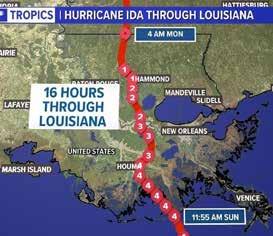
tornadoes were reported nationwide in 2021. On December 10th, 2021, a massive tornado lasting close to three hours with 190 mph winds blasted through Kentucky, caused major damage in at least five cities.
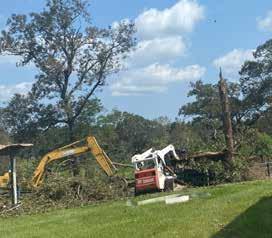
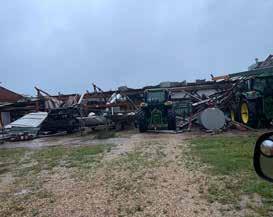
With strong winds being a major component of these types of storms, Bollinger recommends chaining your gates and shut “because they could blow right open and snap off past what you already use,” he said. “It doesn’t have to be a major chain but something with a lock. Lock all gates internally and externally. We’ve had it happen once when we didn’t do that, and our gates blew wide open.” Should shade cloth be attached to your fencing, Bollinger recommends removing it in the event a storm is predicted. “If you leave it up, it could pull your fence right down with it,” he said.
As important as fence locks and netting maintenance, is the literal strength and placement of your fence. “Every four “T”-posts you should put in a bigger line post for added support,” Bollinger said. “However, you don’t want your fence too strong. You want your fence to have a little “give” to it so a deer can bounce off of it and not get hurt, but you also want something that can withstand heavy winds. Also, be aware of how flooding affects your property, and make sure water doesn’t push up against the fence.”
Lastly, wrapping chains around large, older established trees such as oak trees, is also something Bollinger highly recommends, to avoid the trunks splitting and the potential loss of a revered tree. “Remember as much as you try to protect trees and fences and property, there’s only so much you can do. Everyone has their struggles, anywhere you live,” Bollinger said. “Just do your best to be prepared.”
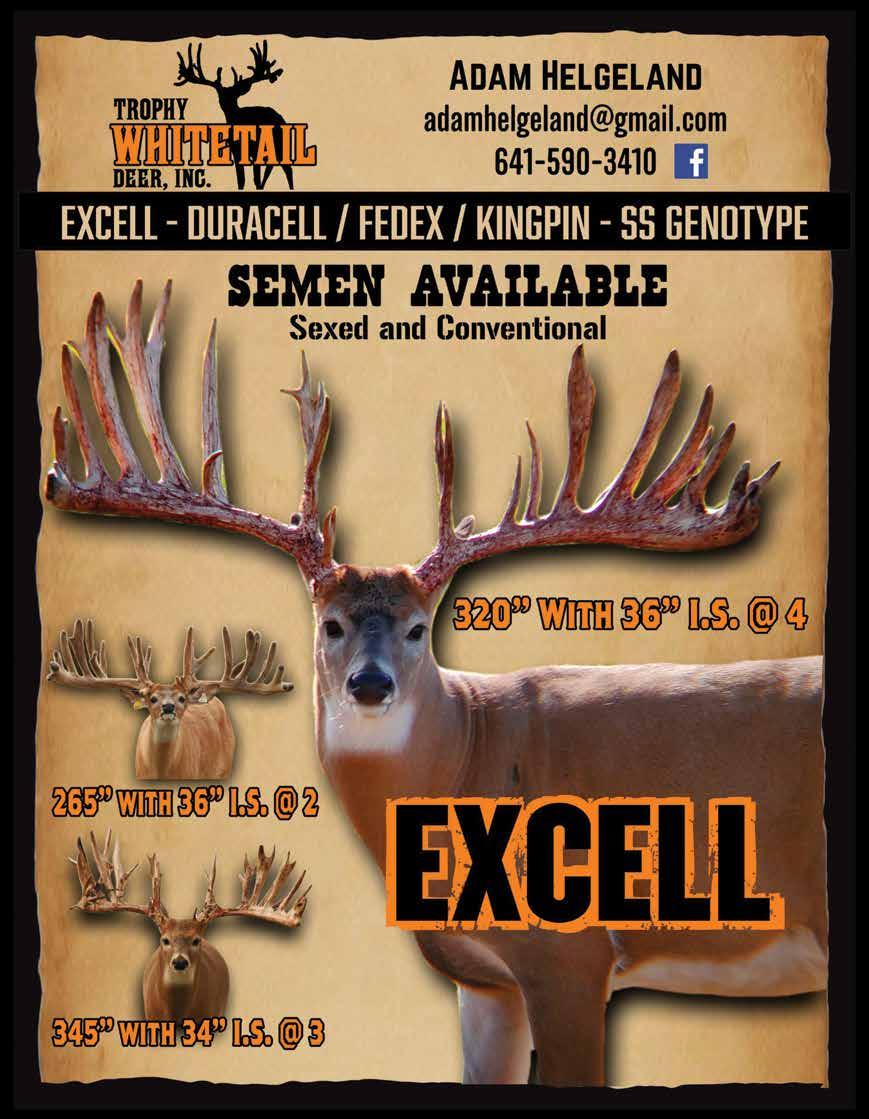
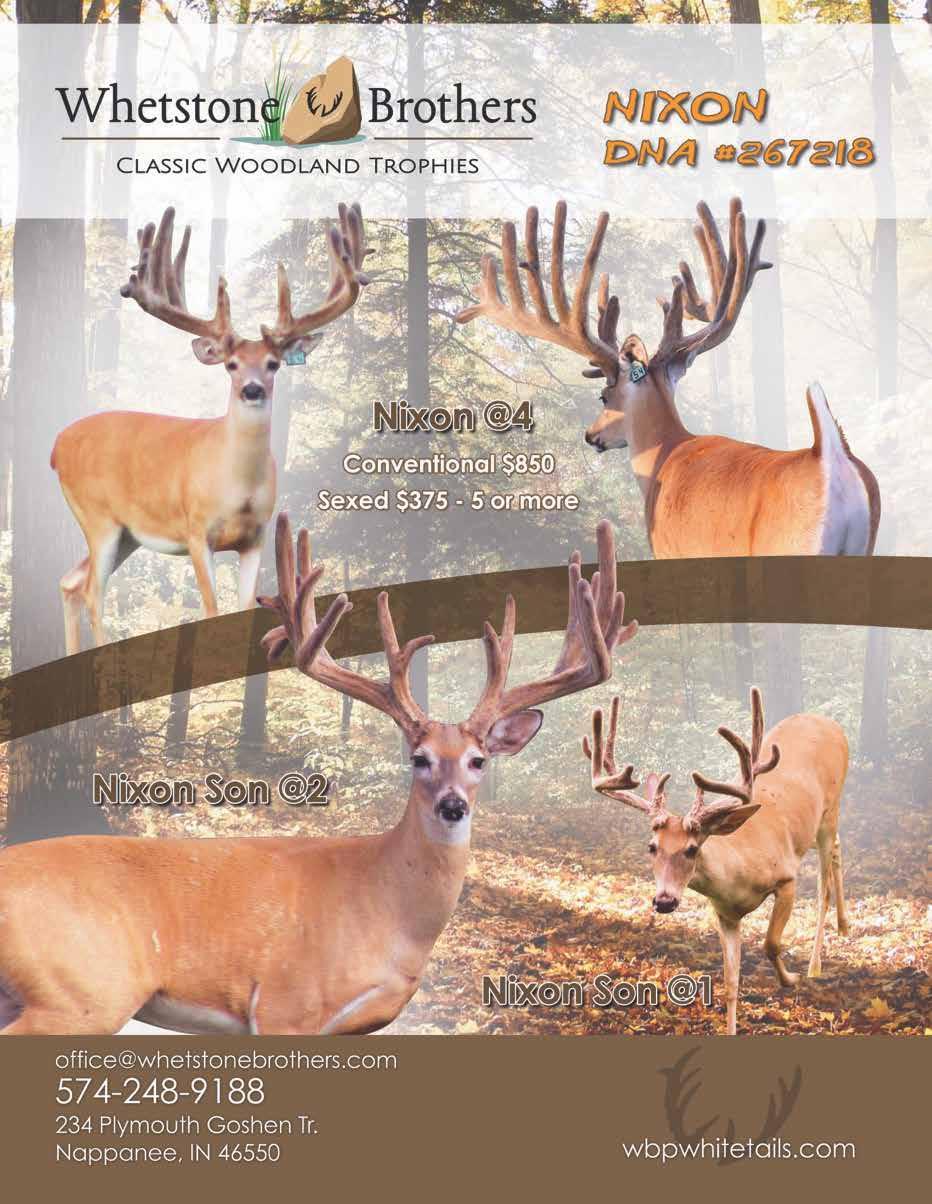


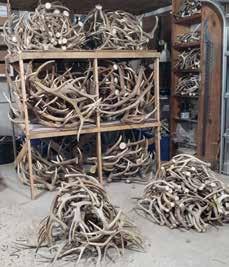
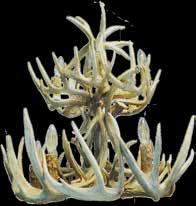


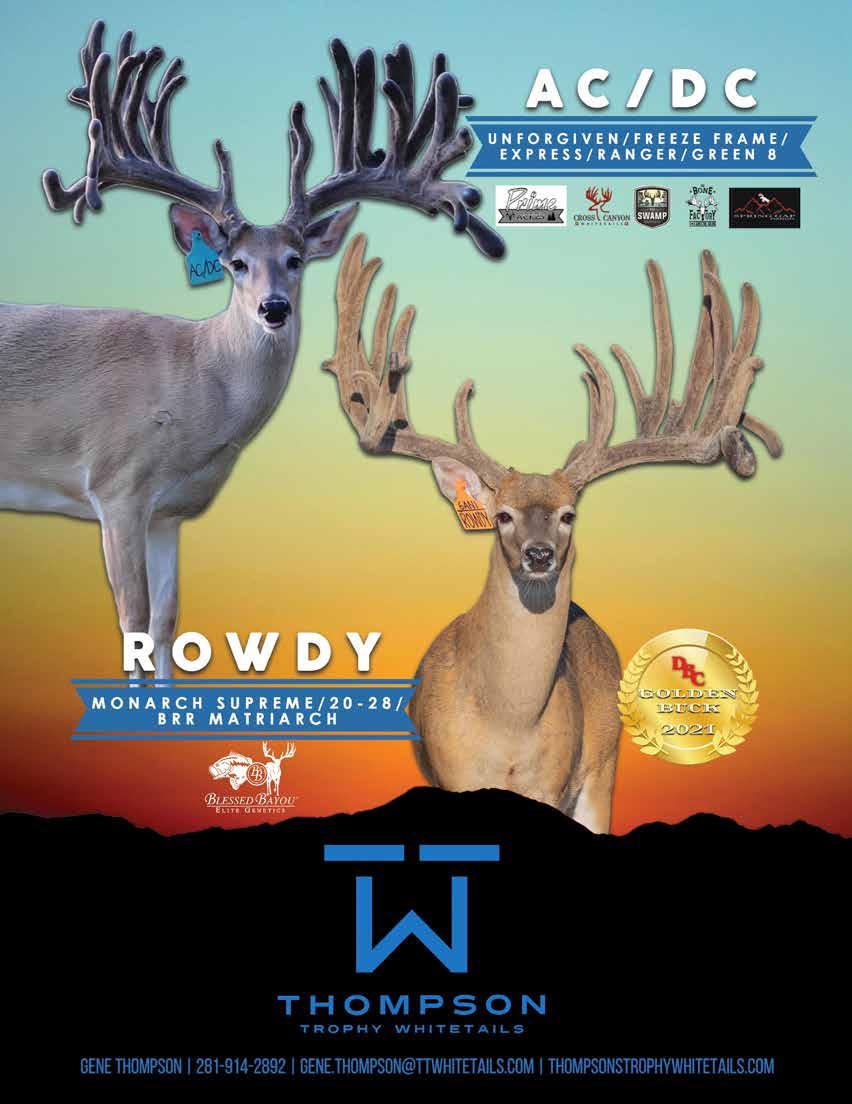
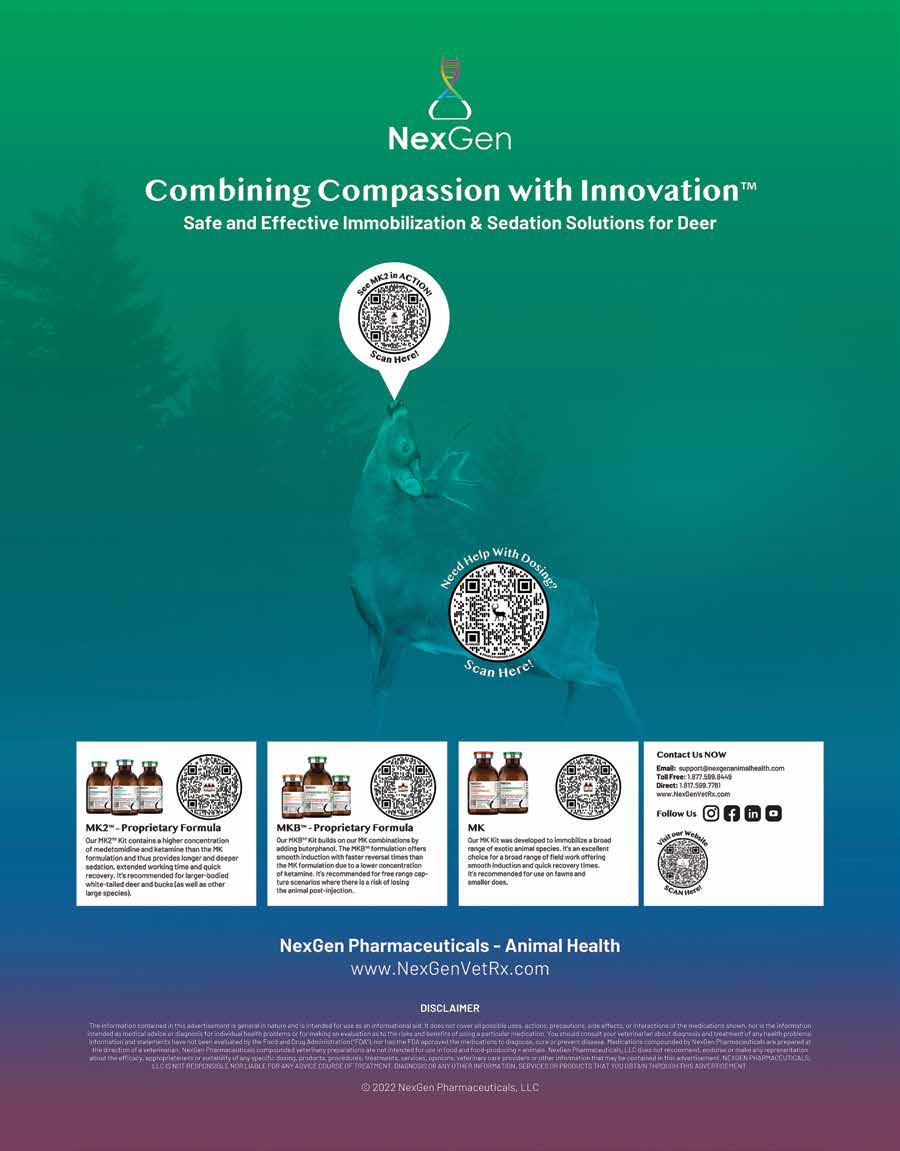


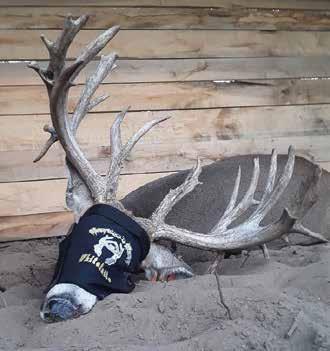


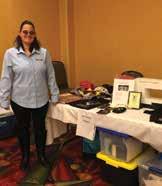
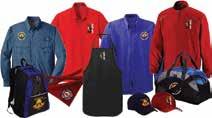
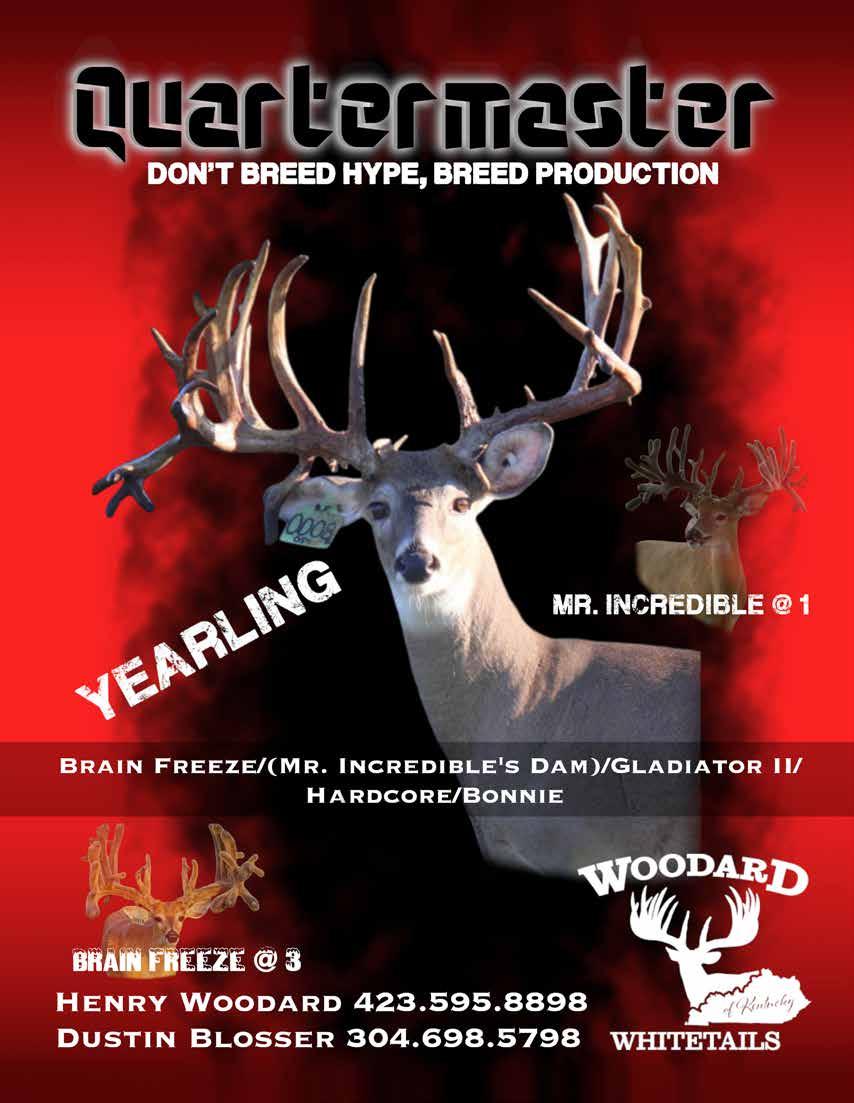
In terms of saving whitetail deer from succumbing to upper respiratory diseases such as pneumonia “the most valuable animal on your property is the one that just died,” explains Josh Newton, COO of Cervid Solutions and Operations Manager of Red Ridge Whitetails in Williamsport, Pennsylvania. “Because this deceased deer can provide insight as to what caused their death and give you greater abilities to treat others with an appropriate antibiotic regiment.”
Being that pneumonia can manifest itself virally, bacterially, chemically or as a result of an injury, some antibiotics may work better than others for effective treatment. And pneumonia, aside from the type caused by an injury, is almost always contagious. In addition, fluctuating weather patterns, such as severe drops in temperature or significant precipitation, can play a vast role in the overall health and longevity of a cervid herd or how susceptible they may be in contracting pneumonia. “Each farm is judged on it’s merits individually,” Newton said. “A northern deer farm is far different than a farm in an area such as southern Missouri where winter is a lot less hard on animals from a pneumonia standpoint.”

Symptoms of pneumonia, which can affect deer of all ages including fawns to older adult deer, can include a chronic dry cough, erratic shallow rapid breathing (most noticeable as a bouncing motion in the flank area), foaming at the mouth (unlike the look of chewing cud), diarrhea and nasal discharge. These symptoms are usually accompanied by dehydration as fawns tend to lose their desire to nurse and adult deer tend to lose their desire to eat and drink.
“Pneumonia is probably one of the most significant diseases that affect farmed deer,” said Dr. Rachael Weiss of Applied Reproductive Concepts in Greencastle, Pennsylvania. “If a farmer is losing a significant number of deer, I always recommend a necropsy and culture because many don’t know what is affecting their deer. The necropsy and culture will be a baseline to appreciate what is going on and choose the most appropriate treatment options.” To this end, choosing the right antibiotic (such as Draxxin, Zactran or sulfa drugs such as SMZ’s) can be the difference between life and death as some forms of pneumonia may be resistant to certain antibiotics. “We refer to this as the MIC or Minimal Inhibitory Concentration factor,” Newton explained. MIC defines levels of susceptibility or resistance of certain bacterial strains to administered antibiotics. “Having a reliable MIC assessment impacts your choice of a therapeutic strategy because of the potential effectiveness on an infection therapy,” he emphasized.
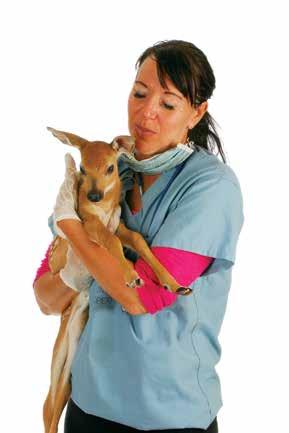
Newton feels any decisions regarding treatment regiments should always start first with your veterinarian. Therefore, having a good VCPR (Vet Client Patient Relationship) is just as important as developing a keen eye for illness, as antibiotics can only be acquired through veterinarian prescriptions. Acting quickly to isolate sick animals could also help save others if done promptly.
This, along with maintaining an ideal number of deer in your pens, is another important proactive and preventative measure.
“Ask yourself, what is your “Morbidity and Mortality Goal” for your farm and how many deer you are willing or able to lose,” Newton asked. “Also think about this. What is the maximum number of deer you could safely raise in the worst conditions? Consider your fawn program, too, and then bump back the number of deer in your pens. Because realistically, how much time and money do you want to spend intensely managing deer or treating sick animals?”
